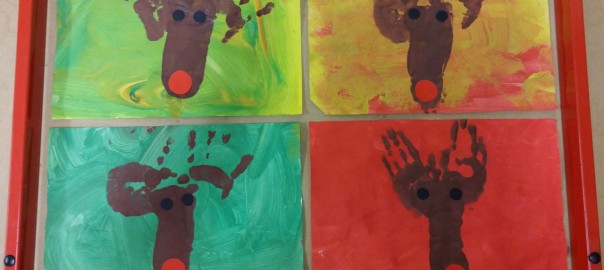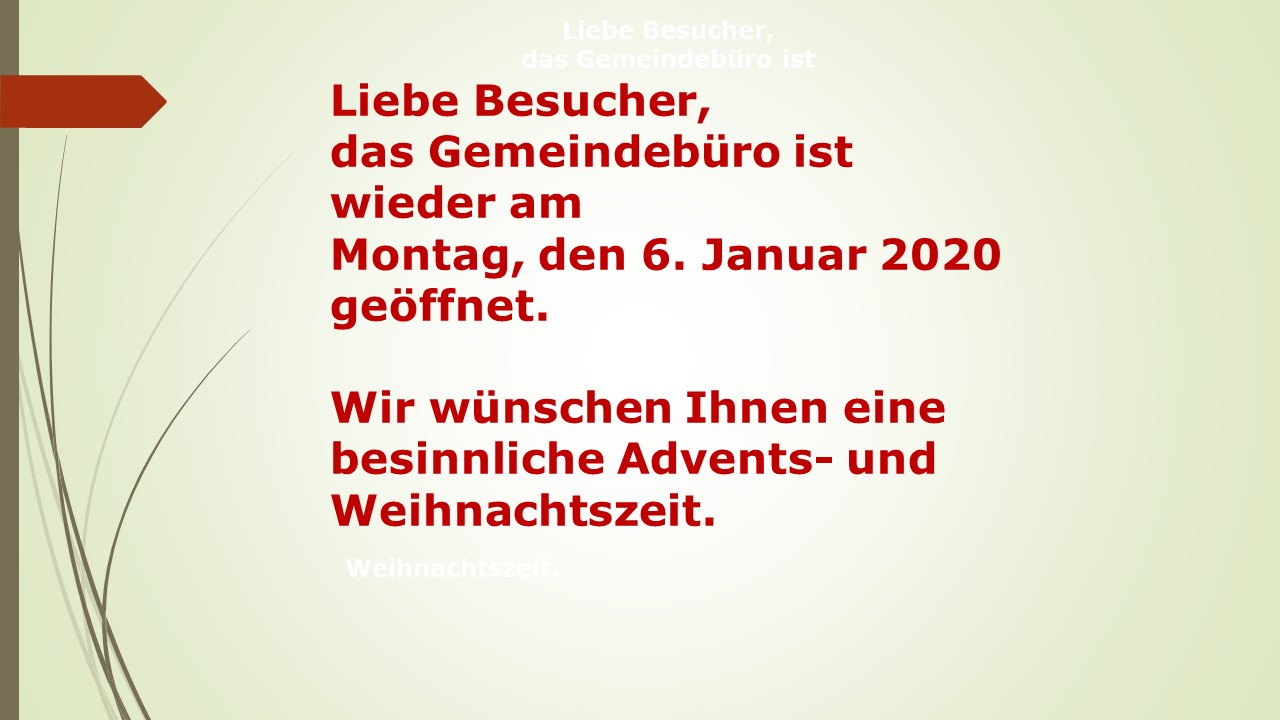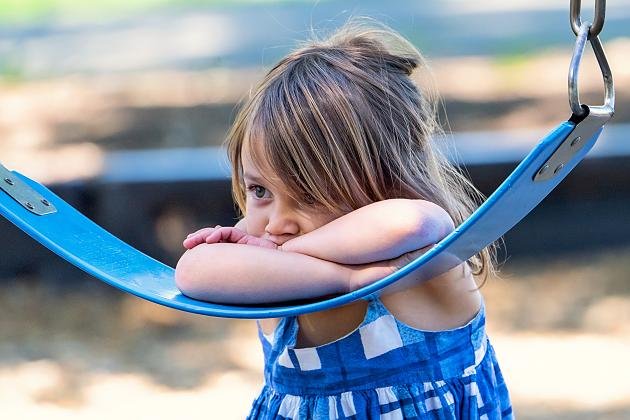How big is the “reading group"?
While the educators look after around twenty children in their groups, only two or three children should come to read aloud. Since I haven’t read to young children yet, I was happy to follow the educator’s advice. Because the children come voluntarily, they have a certain willingness to sit quietly by my side and listen for a while, about fifteen minutes. It is striking that only girls report.
Who are the children?
The daycare center in which I work is called Children of the world. In fact, the children come from very different families. Some have Turkish roots, others Vietnamese, others Bulgarian or they came from the Balkans.

But everyone understands German. Because some of the families use their parents’ mother tongue, they still make a lot of mistakes when they speak German. In my answers, I repeat the sentences of the children so that they can learn to speak correctly about hearing.
How do I read to you??
So that the children not only record the text through the ear, both eyes and hands are part of it. If a rhyme occurs, it is rhythmized. This makes repetition easier. I would also like the children to ask questions or comment on what they have heard. Sometimes a little girl thinks that she can help her mom in the kitchen or that she can clean up her room herself. It is important to me that what you hear stimulates narration.
What stories do I read out?
The library in the “Weltkita" is quite extensive. There are fairy tale books, stories about animals, and there are books that tell about events in certain seasons. But there are also children’s books in which certain surfaces can be felt or the little fingers can run through a horse’s mane. From this diversity I look for the texts with a clear language. Sometimes I also look for a simple wording. The fairy tale texts are often not easy for the little girls. That’s why I prefer the stories, the the Understand children more easily through pictures and simple facts and possibly connect them with their own living environment.
An example of this
It is the story of the little “mole who wanted to know who hit him on the head". It is described and accompanied graphically what the small Mole learns about the very different piles of animals. Neither the cow nor the horse, neither the donkey nor the pigeon had hit him on the head. Each animal leaves a different pile or heap. Finally the flies tell him that it was the dog Hans Heinerich who gave him the special “headgear" had missed. The little mole finds him sleeping in his hut. As a fair compensation, he drops his heap in the middle of Hans Heinerich’s head. The little girls were aware of the different legacies of the animals and they followed the journey of the little mole with interest.
Like the desire to read for yourself" could also be woken up
Once there was a slightly older girl, maybe eight years old, come into the circle. Because I hadn’t spoken her name correctly, she wrote it down for me. To my question: "Can you already write?" she shook her head. No, she could only write her and her father’s name. This gave me the idea of asking them to search for a word in the text that started with the letter K begin, like her name KEVSER. In fact, she found it. It was the name Kati. And indeed she found the word on the following pages. Unfortunately, the interest did not last. I hope that she can develop more endurance before starting school in the summer. I couldn’t tell which ethnic group she belonged to, nor why she didn’t go to school yet.
Only the caretaker can help
Great excitement during the lunch break. There is a knock on the door to the toilets and the washroom. What happened? A child has locked the door to the toilets and the sink from the inside. Perhaps because this door is never closed – it leads to all swing door toilets – the child can no longer open the door. It is understandable that the child panicked. It had locked the door from the inside, now it couldn’t get out. Nobody could help. The caretaker had to come with his toolbox, remove the lock and “free the child". Everyone breathed a sigh of relief. Will the child ever close the door again? This will no longer be possible in this daycare, you want to prevent this.
There are also offers for parents in the daycare
Two women, a family companion, called “housemother" and a social worker use the rooms of the day care center to opstapje Project to train parents. In addition, the parents who have already been visited by the housemother at home come with their children to hold a group discussion. OPSTAPJE is Dutch and means in German: small stool, ascent aid. The aim of the project is to help parents and children not to learn the language on German television, but in dealing directly with people and things. It should also help to understand the German education system.
RELATED ITEMS
-

My everyday work in a multilingual kindergarten in London, behind the horizon
Live from the ERASMUS internship Dear readers of this blog, I have now completed half of my internship. I am fine…
-

Concept kindergarten, melanchthon municipality berlin spandau
Conception of the daycare center of the Evangelical Melanchthon Church Parish in Berlin Spandau. The freedom of man is not that he does…
-

Violence in kindergarten: teacher reveals what is going wrong – focus online
Spotted an Error? Anke Elisabeth Ballmann has visited over 500 nurseries and kindergartens in Germany and has done terrifying deeds…
-

Cooperation between kindergarten and primary school
Orientation area (jump marks) The education portal: School system School system Basics School types Elementary school Language level assessment Transition…
